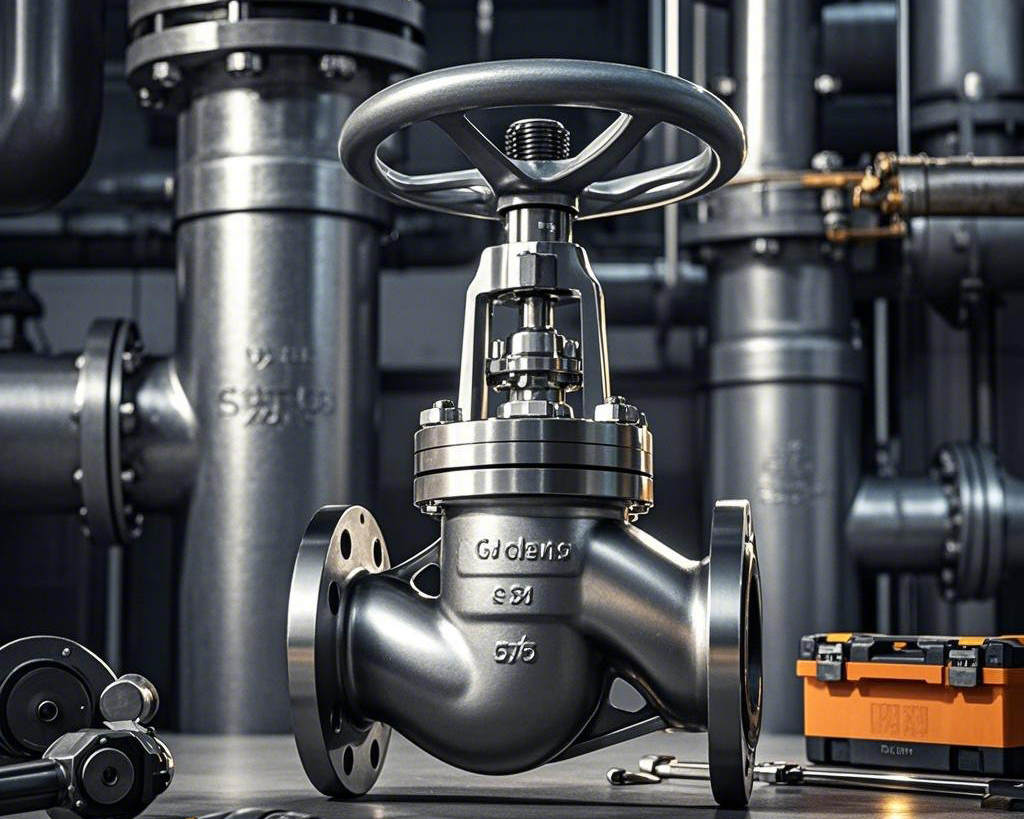Control valves are the core components of stable operation of industrial systems. In this paper, we sort out the common types of failures, root causes and repair strategies to help you quickly locate the problem and reduce downtime losses.
First, the air source system failure
Instrument air line blockage
Causes: ball valve throttle impurity buildup.
Performance: the valve can not be fully open / close or jammed in the middle.
Filter pressure reducing valve failure
Problem: Filter cartridge is dirty or clogged or pressure setting is too low.
Effect: Valve responds slowly or does not move at all.
Leaking copper connections
Risk: Pressure loss due to deteriorated piping or loose fittings.
Consequence: Manual operation is unstable or regulation oscillates.
II. Electrical system faults
Type of fault Root cause Solution
Loose wires Loose terminals due to vibration Retighten + use locknuts
Shorted wiring Moisture ingress or damaged insulation Replace damaged wiring
Incorrect power polarity Incorrect wiring at installation Check wiring diagram and reconnect
Electrical Converter Failure
Zero range drift
Cause: Vibration, temperature change, or component deterioration.
Repair: Recalibrate using a 4-20mA signal generator.
Throttle hole blocked
Treatment: Compressed air purge or ultrasonic cleaning.
Output non-linearity
Measures: Replace the aging parts or adjust the magnetic field balance.
IV. Valve Positioner Failure
A. Pneumatic positioner
Feedback lever misalignment
Inspection: Tighten the mounting nut and troubleshoot physical damage.
Nozzle baffle contamination
Clean: Wipe with isopropyl alcohol and blow dry.
B. Intelligent Positioner
Digital Calibration Deviation
Procedure: Perform full stroke calibration off-line.
Mechanical Slack
ADJUSTMENT: Secure feedback linkage and check spring tension.
V. Valve Body and Actuator Failure
Excessive leakage
Cause: Spool wear, seat damage or foreign matter blockage.
Repair: Replace parts or clean up impurities.
Packing problem
Performance: valve stem jamming or media leakage.
Solution: Lubricate or replace packing.
Diaphragm deterioration
Cycle: Replace every 2-3 years (adjusted according to working conditions).
Sixth, the system level check
PID parameter optimization
Adjustment: Reduce integral gain to eliminate oscillation.
Process verification
Verification:
Verify bypass valve is fully closed.
Check upstream and downstream isolation valve openings.
Maintenance Best Practices
Preventive Maintenance: Quarterly inspections + annual full calibration.
Spare parts stocking: Keep key components such as diaphragms and coils on hand.
Personnel training: Ensure mastery of smart positioner programming.
Control valve troubleshooting strategy: common problems and solutions

{"aigc_info":{"aigc_label_type":0,"source_info":"dreamina"},"data":{"os":"web","product":"dreamina","exportType":"generation","pictureId":"0"}}